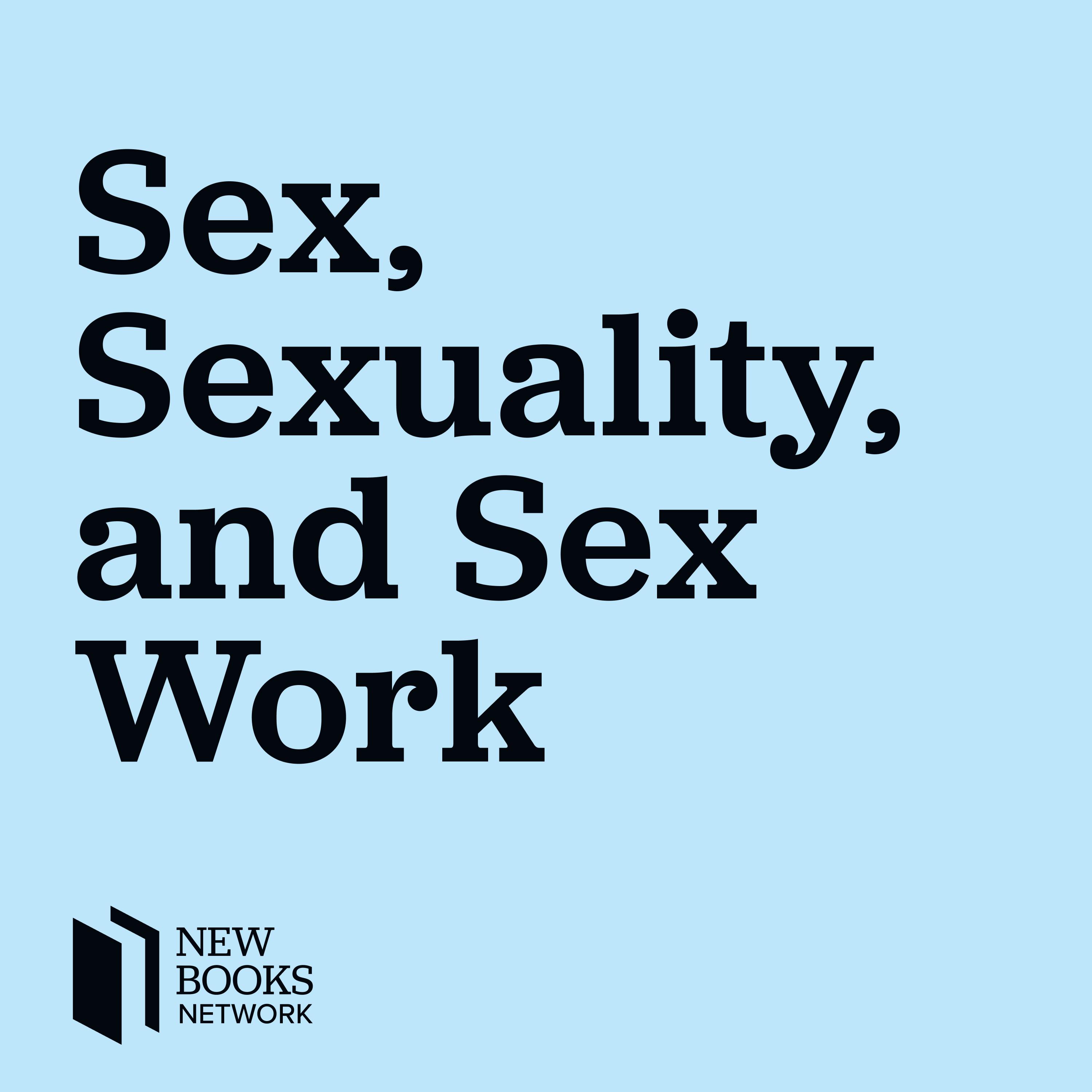Elaine Tyler May, “America and the Pill: A History of Promise, Peril, and Liberation” (Basic Books, 2010)
Don’t you find it a bit curious that there are literally thousands of pills that we in the developed world take on a daily basis, but only one of them is called “the Pill?” Actually, you probably don’t find it curious, because you know that the pill has had a massive impact on modern life. And why wouldn’t it? Thanks to the Pill, women alone–without the (unreliable) “cooperation” of their sexual partners–could control their own fertility. For the first time in human history. The first time. Think of the implications. No more worrying about missed periods. No more shotgun weddings. No more unwanted children. And a lot more and better sex to boot. What a boon!
Or was it? The most interesting thing about Elaine Tyler May‘s pithy America and the Pill: A History of Promise, Peril, and Liberation (Basic Books, 2010) is that she shows that the Pill really didn’t live up to expectations then and it hasn’t now. After all, the Pill is a form of contraception, and contraception has been available for a long time. By the mid-twentieth century, in fact, there were many highly effective forms of birth control available in much of the developed world. So in a sense the Pill wasn’t exactly new. But it was different, and that made the folks who promoted and developed it believe–or say they believed–that it was going to solve many of humanity’s problems, foremost among them over-population and the oppression of women. It’s arguable, however, that it had little direct impact on either. Worldwide population growth, though it has slowed, is still quite high. Women remain second-class citizens (and, more interestingly, second-class family members) over much of the planet.
So what did the Pill do except raise expectations? Well, quite a lot, really. First, it gave women new power. They could control their fertility (not to mention periods) if they wanted to. That didn’t mean they had to, or even that all of them wanted to. But they could. If men were threatened by that fact, tough. They’d have to live with it (and in the developed world most of them have). Second, the Pill allowed women to put off childbearing until they had established careers, thus facilitating (though not causing) a massive increase in the number and percentage of women in the workforce. For many women, the Pill made an “either/or” proposition (either mother or career) into a “this and that” proposition (mother and worker). On this front, we’ve still a way to go, but the Pill moved us in the right direction. The Pill, however, wasn’t just about physical power over childbearing. It was also, as Elaine points out, a potent symbol of women’s empowerment. It wasn’t only what the Pill actually did (that, as we’ve said, wasn’t entirely new), it was what people believed it meant. And that, in a word, was liberation.
Please become a fan of “New Books in History” on Facebook if you haven’t already.
Learn more about your ad choices. Visit megaphone.fm/adchoices


